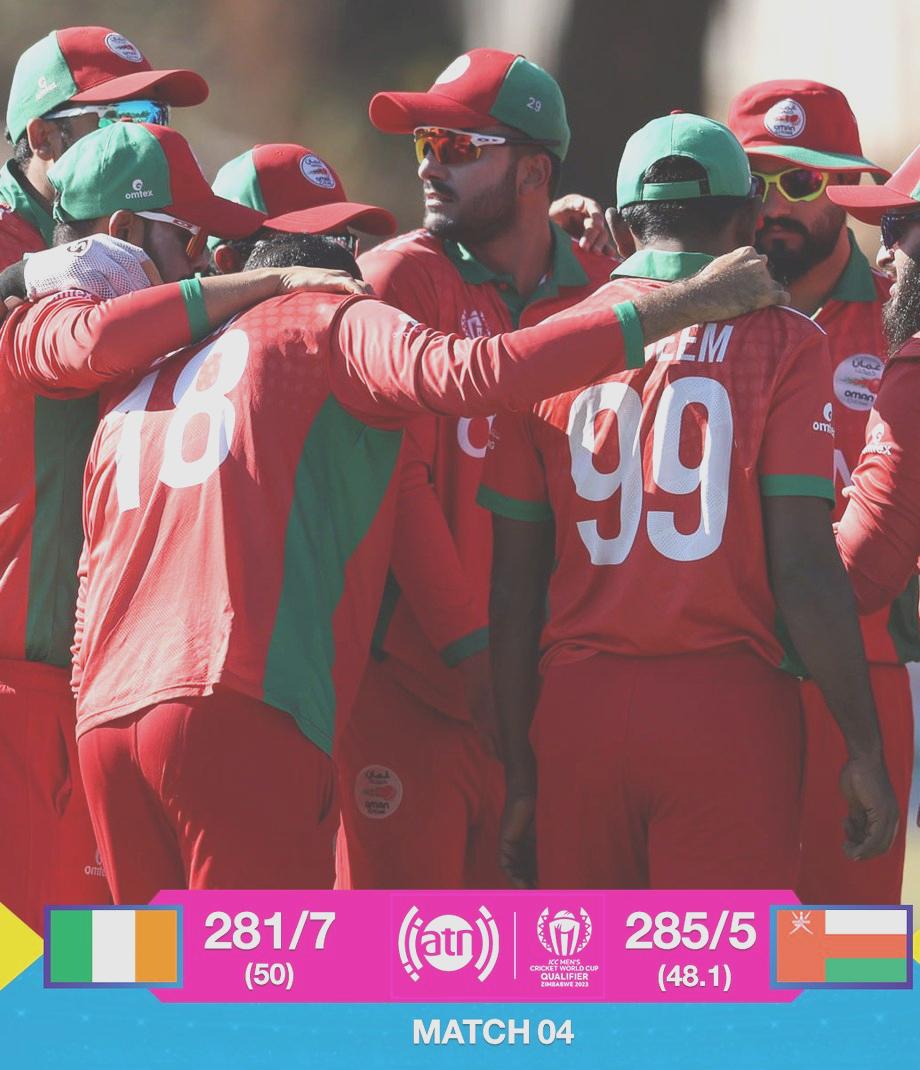There was a time in Indian cricket when the job of opening bowlers was to make the ball old for spinners to come into the game. The then captain Tiger Pataudi used to roll the ball from fine leg to make it spin more. The situation was such that Sunil Gavaskar used to open the bowling with his medium pace in the mid 1980s.
Then came the legendary Kapil Dev who changed the way Indian fast bowlers were looked at. After making his test debut in 1978, Kapil Dev went on to become one of the best fast bowling all-rounders in the world. Kapil Dev till this day has the highest test wickets by an Indian fast bowler. In the late 1990s is when India started producing multiple fast bowling options.
The first fast bowling duo in India was Javagal Srinath and Venkatesh Prasad. Under the captaincy of Mohammed Azharuddin, Prasad and Srinath formed a deadly fast bowling partnership. The partnership with the pace of Srinath and accuracy of Prasad won many matches for India.
Then under Sourav Ganguly's captaincy, there were a plethora of fast bowling options, Zaheer Khan being the most prominent one. Ajit Agarkar, Ashish Nehra, Irfan Pathan and Laxmipati Balaji had short periods of success in the Indian team. The next generation of R.P Singh, Sreeshant and Munaf Patel were crucial in India winning Test series in England and New Zealand.
Also read: What to expect from the 2nd Test between India and England at Lords
Since then, India has never had trouble in producing good quality seam bowlers. In the current Indian set up India has all kinds of seam bowling options. Mohammed Shami who hits the deck hard with seam swing, Ishant Sharma who can swing the ball away from the right hander while bowling long spells, Bhuvneshwar Kumar who is a pure swing bowler who can move the ball both ways, Jasprit Bumrah who rapidly moves the ball both ways in an unorthodox fashion and Umesh Yadav with his raw pace and out-swingers make a good core of senior Indian seamers.
The younger generation has a lot of promise as well. Shardul Thakur, Mohammed Siraj, T Natarajan, Navdeep Saini, Deepak Chahar, Prasidh Krishna have already made their way into the international set up. While talented uncapped bowlers like Karthik Tyagi, Kamlesh Nagarkoti and Shivam Mavi have impressive list A and domestic records.
When and how did this change happen from not having any quick bowlers to now having at least ten options. The first credit has to go to the BCCI for incorporating more grass on pitches to assist fast bowlers in India. Many of these fast bowlers have been developed at the MRF Pace foundation.
India's first choice pace trio for the last couple of years Bumrah, Ishant and Shami have played a collective 170 matches and bagged 566 wickets at an average of 29.29 and strike rate of 55.79. Numbers which are outstanding for any pace trio in any part of the world. The slow growth of pacers in India has made India a complete test side where they can play four to five seamers of the highest quality and who knows one day they might not even need to accommodate a spinner like the legendary West Indies side.














